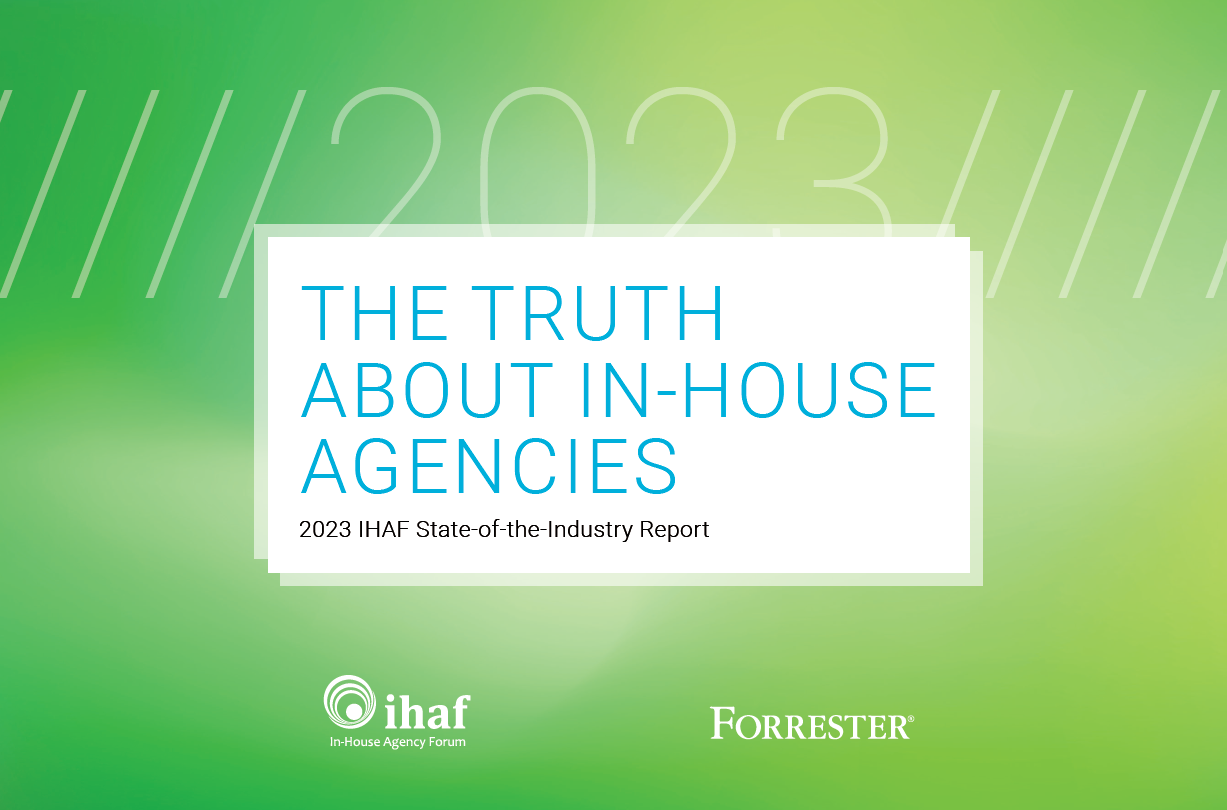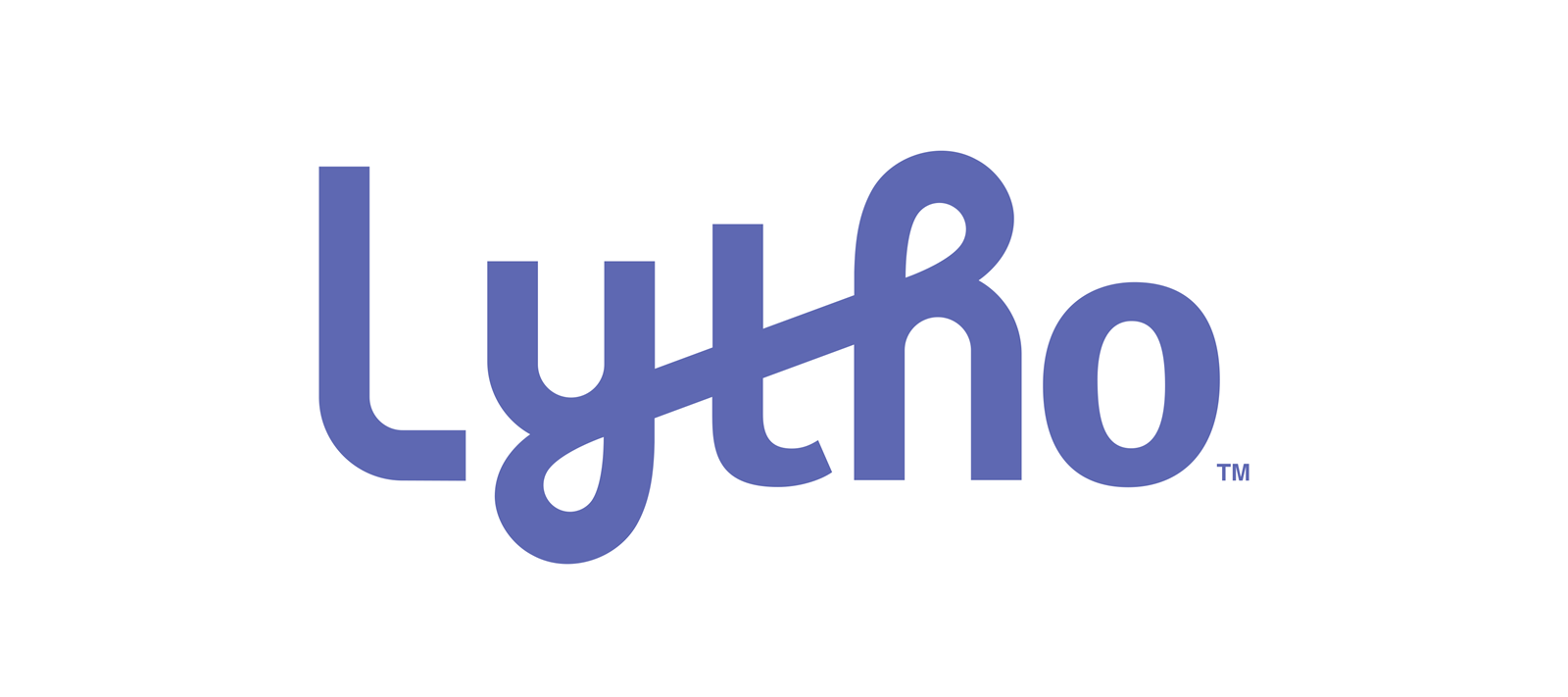Hiring for Talent, Not Location

When asked why he robbed banks, legend has it that Willie Sutton replied, “Because that’s where the money is.” Get any group of internal agency leaders together and the talk quickly turns to talent. Where to find it. How to keep it. And, what motivates morale.
If your in-house agency is located in a market where there’s stiff competition for creative talent, these factors increase significantly. Teams located in high-priced commercial real estate markets face the additional pressure of space availability.
What’s a leader to do?
Whether Mr. Sutton uttered those now-famous words or not, the logic holds—go where the talent is. In our case, making use of readily available technology, a culture of flexibility, and a strong dose of trust has enabled PwC’s creative team to pursue a largely virtual model. The result is a talented, motivated and award-winning group of 100 people from across the country who deliver coast to coast, and further west to Hawaii.
I get a lot of questions about the model. Most agency veterans, internal and external, openly question the ability of a team to deliver without the close, day-to-day interactions, feedback, and knowledge sharing of a traditional studio.
There are questions about collaboration, workflow, client feedback, and of course, some of my New York counterparts have also raised eyebrows at the idea of talent outside of Brooklyn or Manhattan (and maybe even above 14th Street).
Then there’s the question that’s on the minds of many, though voiced in hushed tones: “How can you be sure these people are really working?”
All of those concerns are reasonable, particularly if you’ve never worked virtually. In that regard, the PwC team has a distinct advantage. The firm delivers professional services worldwide, so the dominant model is one where people working together are often in different locations. As a result, virtual culture is supported by the firm’s leadership and backed by appropriate technologies: cloud applications and storage for collaboration, individual and group chat, video conferencing and white boarding, and security to keep everything within our environment.
Our recruiters now have the entire country at their disposal, repeatedly striking gold by hiring people looking for big-brand opportunities that may not exist in their backyards. We get referrals from friends of friends, art-school classmates, ex-agency colleagues, and even our own creatives. The latter is particularly significant to me, as it indicates an endorsement of our model by the very people who make it work.
As for those asking about how we know that people are working, there’s a deep culture of trust here. It’s core to our purpose as a firm. When we welcome people to the team, we set expectations. We also communicate regularly from the top down, as well as peer-to-peer and in small-group meetings. Our traffic managers keep the work moving and are central to understanding who should be available and where there might be obstacles.
We’re also fortunate because team members appreciate the trust, which extends to the flexibility they have. Creatives have the option to work from home, co-working spaces, and our offices around the country. Those near one another can come together for social and professional interaction, as well as when functional leaders visit.
Our staff members tell us that the most significant downside to the virtual model is the lack of face-to-face community—sharing ideas at an impromptu brainstorming, cake at a birthday celebration, or a laugh at an ad-hoc happy hour just aren’t possible.
As a result, we’ve taken steps to connect people virtually. Like-minded individuals join for healthy-habit challenges. Fitness buffs compete for steps. Book clubs have been formed. Still, our creatives need to carve out time to get feedback and critiques from one another, and this is an area we continue to explore.
We’ve found that as a team, and as a firm, the benefits of this virtual model outweigh the few downsides. It has given us access to previously untapped sources of creative talent rewarding us with high levels of creativity, energy, and a sense of responsibility. It has also helped us cover multiple time zones, making those 5pm-Friday fire drills a little easier to manage.
- advertising,
- agency,
- association,
- brand,
- brainstorming,
- client,
- CMO,
- collaboration,
- content,
- corporate,
- creative,
- culture,
- digital,
- flexibility,
- global,
- IHAF,
- in-house,
- insource,
- internal,
- leadership,
- management,
- marketing,
- media,
- membership,
- networking,
- productivity,
- professional,
- PwC,
- remote,
- social,
- talent,
- trends,
- virtual,
- workflow
Recent Posts

In-House Data: Fact or Fiction?
October 16, 2023
I’m going to be honest with you, which I always am but this time it’s scary honesty. There are a lot of in-house agency research reports out there. And not all of them contain data that are close to the integrity of the studies IHAF publishes—the next of which drops at the IHAF conference on …

IHAF Wrapped
December 20, 2023
One of our favorite things to do at year-end is look back at the events, presentations, and online resources our members tapped most. (Why should Spotify have all the fun?) Here are a few of your favorites in 2023:
• New Assortment of Org Charts Download • Updated Job Profiles …




















%20(1).pdf%20-%20Copy.jpg)

%20(1).png)


No Reader Comments